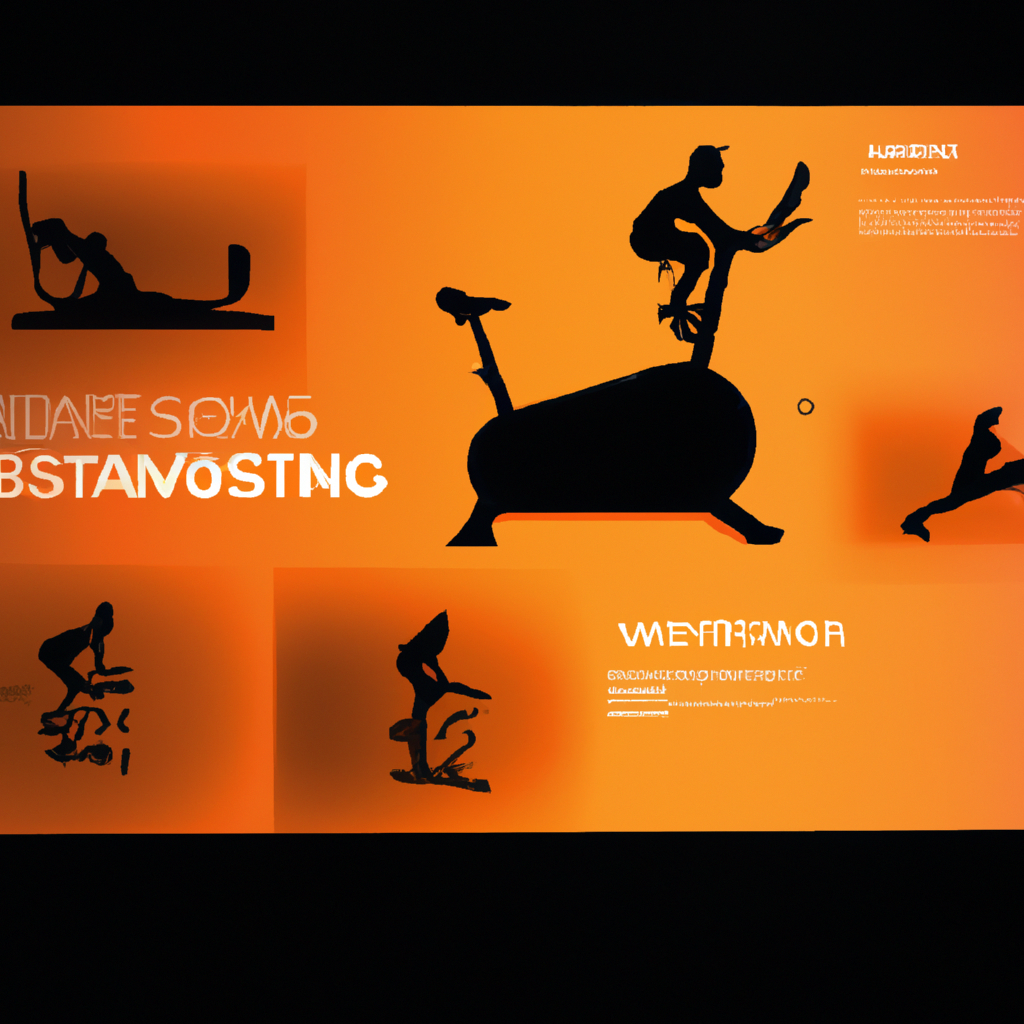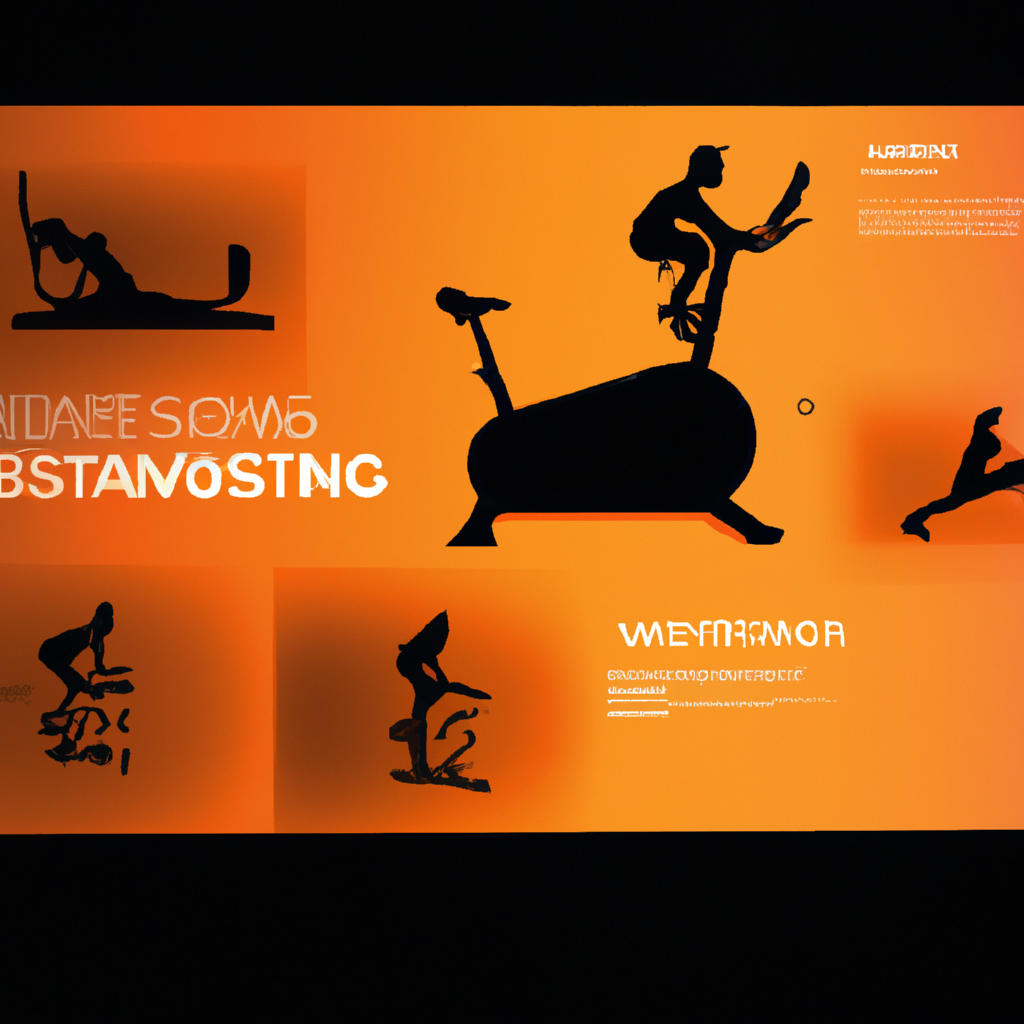So you’re wondering if Peloton is a SaaS? Well, before we dive into that, let’s first understand what SaaS actually means. SaaS stands for Software as a Service, which basically refers to a cloud-based software delivery model where users access software applications over the internet, rather than purchasing and installing them on their own devices. Now, when it comes to Peloton, the popular fitness company known for its high-tech exercise bikes and streaming workout content, it may not seem like a typical SaaS. However, upon closer inspection, you’ll find that there are some striking similarities that make it worth considering.

What is SaaS?
Definition
Software-as-a-Service (SaaS) is a cloud computing model in which software applications are delivered over the internet. Instead of purchasing and installing software on individual devices, users access and use the software through a web browser. The software is hosted and maintained by a third-party provider, who is responsible for all updates, security, and technical support.
Characteristics
SaaS has several key characteristics that set it apart from traditional software delivery models:
- Cloud-based: SaaS applications are hosted and managed in the cloud, allowing users to access them from anywhere with an internet connection.
- Subscription-based pricing: Instead of an upfront, one-time purchase cost, SaaS applications are typically priced based on a subscription model, where users pay a recurring fee for access to the software.
- Multi-tenancy: SaaS applications are designed to serve multiple customers (tenants) through a shared infrastructure, optimizing resource utilization and cost efficiency.
- Scalability and flexibility: SaaS applications are built to scale and accommodate the changing needs of users. They can easily handle increased user demands and support integration with other software systems.
- Customization and integration: SaaS applications often offer customization options, allowing users to tailor the software to their specific needs. They can also integrate with other business systems to streamline workflows and improve efficiency.
- Data security and privacy: SaaS providers implement robust security measures to protect user data, ensuring it is encrypted, backed up, and stored securely.
- Performance and reliability: SaaS applications are built to deliver high performance and uptime, using redundant infrastructure and advanced monitoring systems to minimize downtime.
Overview of Peloton
Description
Peloton is a leading fitness technology company that offers a range of connected fitness products and services. Its flagship product, the Peloton Bike, combines a stationary exercise bike with a built-in touchscreen display that streams live and on-demand fitness classes. The company also offers a treadmill called the Peloton Tread, as well as a digital subscription service that provides access to a library of instructor-led workouts.
Features
Peloton’s products and services come packed with features that enhance the overall fitness experience:
- Live and on-demand classes: Users can virtually join live classes led by professional instructors or choose from a vast library of on-demand workout sessions.
- Leaderboards and social features: Peloton incorporates a competitive element by displaying real-time performance rankings on its leaderboard, allowing users to challenge themselves and others.
- Tracking and analytics: Peloton tracks user performance metrics, such as heart rate, speed, and distance, providing users with detailed analytics that enable them to monitor their progress and set goals.
- Community engagement: Peloton fosters a sense of community by enabling users to connect with each other, share achievements, and support one another through its social features.
- Variety of workout options: The Peloton platform offers a wide range of workout styles, including cycling, running, strength training, yoga, and meditation, catering to different fitness preferences.
- Integration with other fitness apps: Peloton integrates with popular fitness tracking apps, allowing users to seamlessly sync their workout data and share it across platforms.
Comparison between SaaS and Peloton
Now that we have a clear understanding of SaaS and Peloton, let’s compare the two in various aspects.
Software Delivery Model
SaaS applications are traditionally accessed over the internet, with no need for local installations. On the other hand, Peloton combines a physical fitness product (bike or treadmill) with a software platform. While the software component can be considered a SaaS, it is important to note that Peloton’s overall offering includes a hardware element.
Subscription-Based Pricing
Both SaaS and Peloton follow a subscription-based pricing model. SaaS applications are typically priced based on the number of users or features needed, while Peloton offers various subscription plans based on access to its digital content and services.
Multi-Tenancy
SaaS applications are designed to serve multiple customers simultaneously through a shared infrastructure. While Peloton’s software platform is shared among its user base, the physical aspects of its products (bike or treadmill) are not shared resources. Each user has their own physical equipment, which differentiates it from the traditional multi-tenancy model of SaaS.
Scalability and Flexibility
SaaS applications are renowned for their scalability and flexibility, easily adapting to changing user demands and integrating with other systems. Peloton’s software platform exhibits similar characteristics, providing users with the ability to customize their workouts, track performance metrics, and integrate with other fitness-tracking apps.
Customization and Integration
SaaS applications often offer customization options, enabling users to tailor the software to their specific needs. Peloton’s software platform allows users to personalize their fitness experience by selecting classes, instructors, and workout styles that align with their preferences. Additionally, Peloton integrates with other fitness apps, enabling users to sync their workout data seamlessly.
Data Security and Privacy
Data security and privacy are critical considerations for both SaaS applications and Peloton. SaaS providers invest heavily in security measures to ensure the confidentiality, integrity, and availability of user data. Peloton follows similar practices, securing user data with encryption and implementing measures to protect against unauthorized access.
Performance and Reliability
Both SaaS applications and Peloton strive to deliver high performance and reliability. SaaS providers use redundant infrastructure and advanced monitoring systems to ensure optimal uptime and minimize downtime. Peloton invests in robust technology infrastructure to deliver a seamless and uninterrupted fitness experience for its users.
Arguments for Peloton as a SaaS
Now, let’s explore the arguments supporting the idea of considering Peloton as a SaaS.
Cloud-Based Software Delivery
Peloton’s software platform is cloud-based, allowing users to access their workouts and classes from anywhere with an internet connection. The platform is hosted and maintained by Peloton, relieving users of the need to install or update software locally.
Subscription Pricing Model
Peloton follows a subscription-based pricing model, much like traditional SaaS applications. Users pay a recurring fee for access to the Peloton digital content and services, which includes the software component.
Shared Infrastructure and Multi-Tenancy
While Peloton’s hardware component (bike or treadmill) is individual to each user, the software platform is shared among its user base. The software runs on Peloton’s shared infrastructure, offering shared resources to deliver classes, track performance, and facilitate social interaction.
Scalability and Flexibility
Peloton’s software platform is designed to scale and accommodate the changing needs of its user base. As the user community grows, Peloton can scale its infrastructure to handle increased demand and deliver a consistent experience. The platform also allows users to customize and personalize their workouts, providing flexibility to meet individual fitness goals.

Arguments against Peloton as a SaaS
While there are valid arguments for considering Peloton as a SaaS, there are also counterarguments that challenge this perspective.
Hardware Component
Unlike traditional SaaS applications, Peloton encompasses a physical product (bike or treadmill) as part of its offering. This hardware element sets it apart from the pure software focus of SaaS applications.
Physical Product Ownership
Purchasing a Peloton bike or treadmill grants ownership of the physical equipment, which is not the case with traditional SaaS applications. While users subscribe to Peloton’s digital content and services, they also have a tangible product they can physically possess.
Non-Software Features
Peloton’s value proposition extends beyond its software platform. The bikes and treadmills feature hardware components such as screens, adjustable settings, and built-in metrics tracking, which contribute to the overall user experience. This emphasis on hardware features differentiates Peloton from traditional SaaS applications.
Consumer-Focused
While SaaS applications cater to a broad range of industries and business needs, Peloton primarily targets consumers in the fitness industry. Its focus on individual fitness enthusiasts and home users aligns more closely with a consumer-oriented business model rather than a B2B SaaS approach.
Conclusion
In conclusion, Peloton exhibits several characteristics of a SaaS offering, such as cloud-based software delivery, subscription-based pricing, shared infrastructure, and scalability. However, it is essential to acknowledge the unique aspects of Peloton, including its hardware component, physical product ownership, non-software features, and consumer-focused approach. While Peloton shares similarities with the SaaS model, it is important to recognize the distinctions that make it a hybrid product combining both physical and digital elements.
